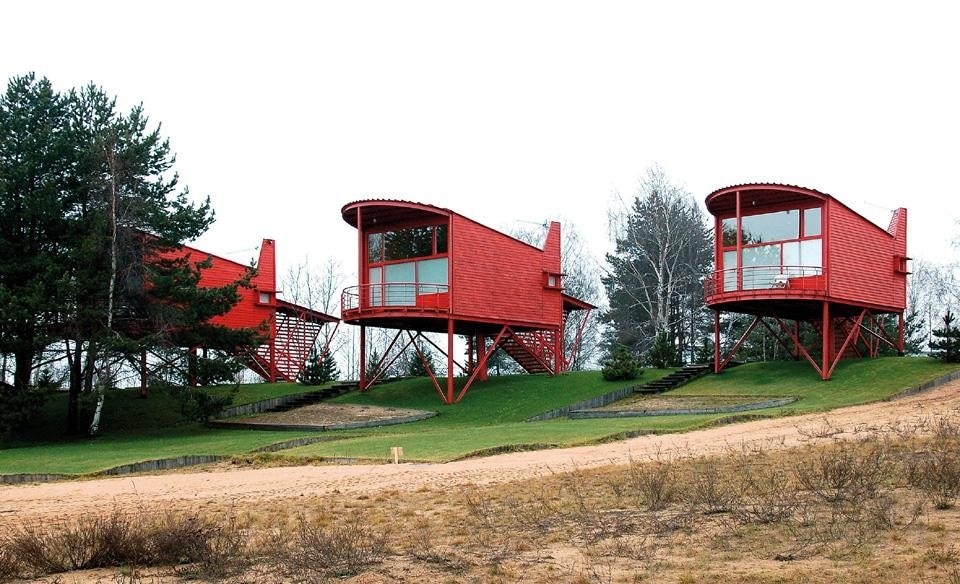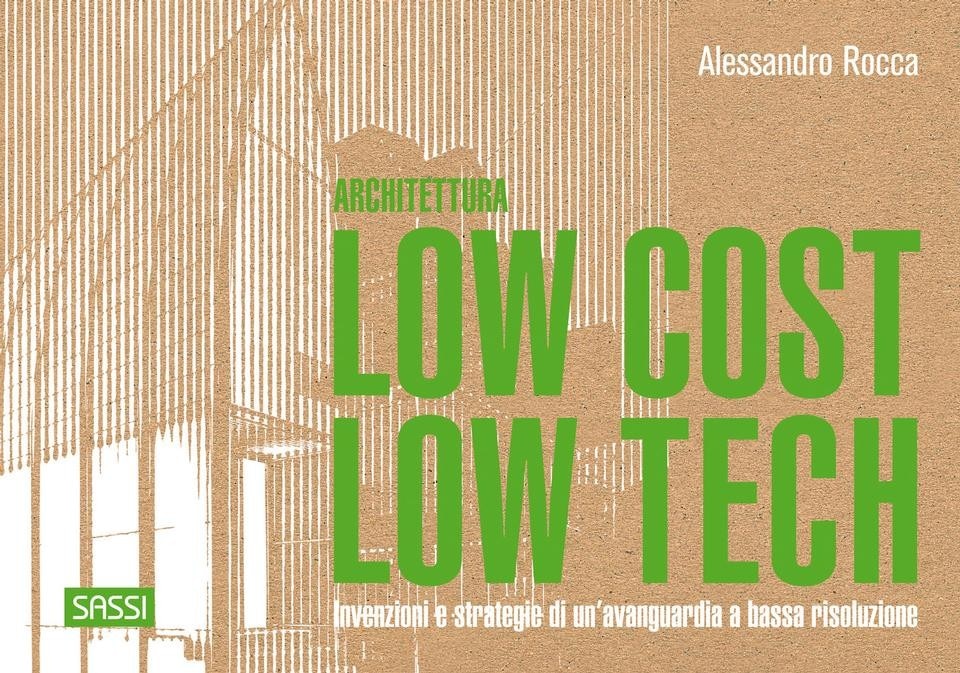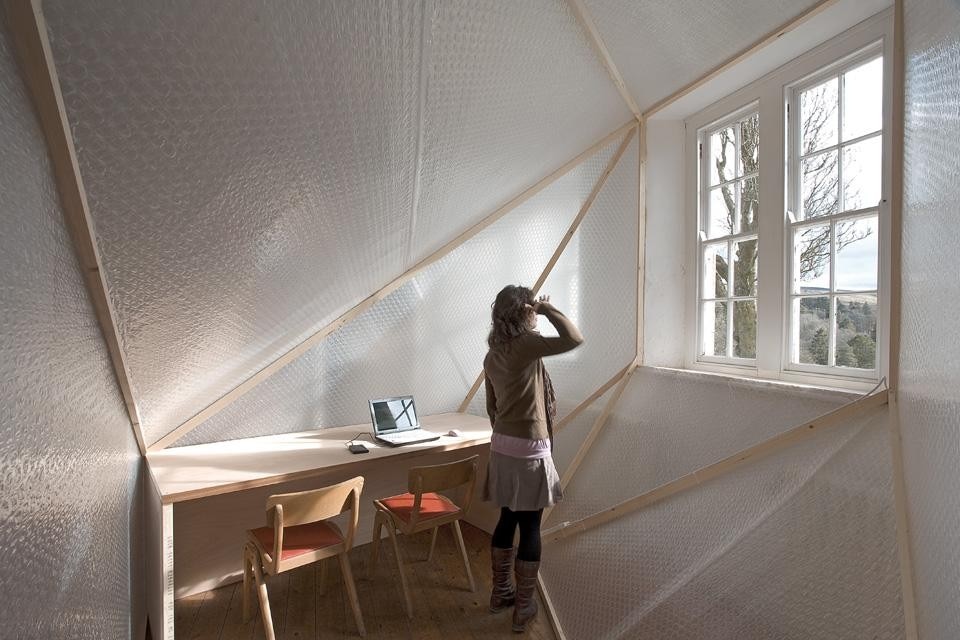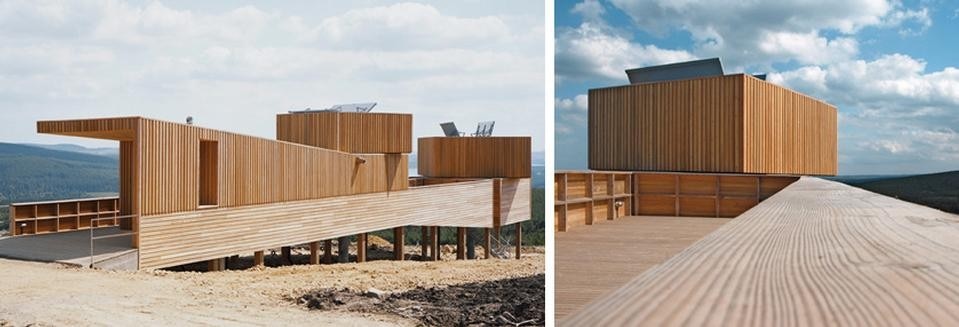In a strange coincidence, the book by Alessandro Rocca and the last issue of "Volume" devoted to the architecture of extraterrestrial exploration are sitting on my desk at the same time. At first sight, there could not be two more distant topics. On the one hand, the pauperistic (but chic) idea of obtaining the most with the least that the global crisis has left to our design fantasies and on the other, strict performance requirements and multi-billion technologies and investments: low key (in terms of cost, technology, definition ...) vs. the starry heights (in all senses).
However, both areas of research, pushed to diametrically opposed extremes by temporal contingency and the drive to explore, challenge architecture to justify its necessity, and along with that, the meaning of its very action. If, in fact, the space (for manoeuvring) for the design of (architectural) space inevitably decreases (orbital) space, radical cost reductions can be just as threatening for the free unfolding of qualitative research. There is no denying that the most economic architecture is that which is not built and that, if it must be, a safe (and universally practiced) expedient for cutting costs is to save on the architect's fees ... But it is also true that hardship is the mother of invention and economy of means tends to result in a necessary and convincing order in terms of operational logic and visual outcome.







